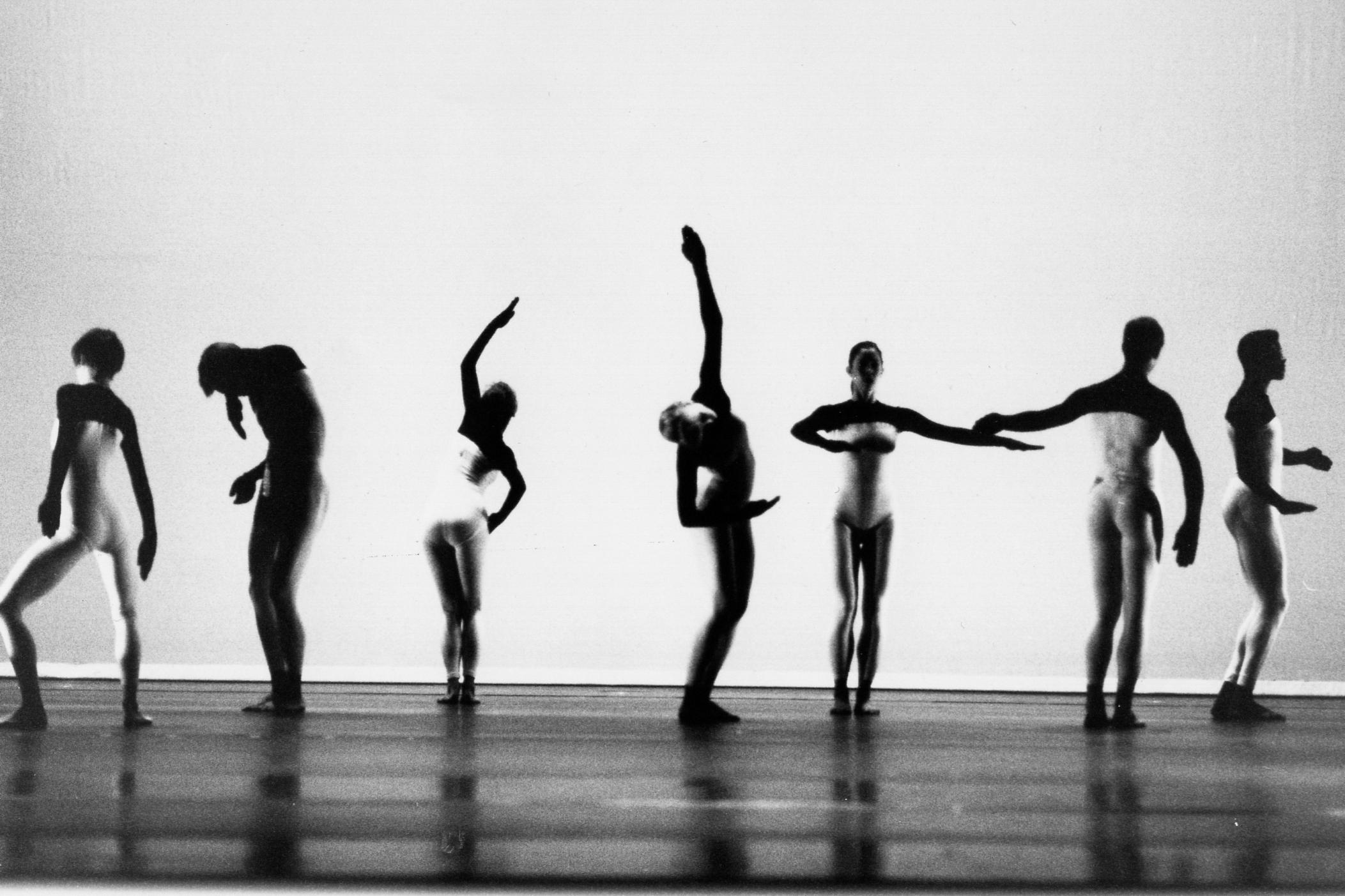Introduction
“The Art of Dance” takes us on a captivating journey into the world of dance, showcasing its diverse forms, expressive movements, and profound impact on culture. From traditional folk dances to contemporary choreography, dance transcends language barriers and communicates emotions, stories, and cultural heritage. In this article, we will explore the beauty of dance, its various genres, and its significance in different cultures around the world.
The Language of Movement
- Expressing Emotions: Dance is a powerful form of expression that allows individuals to communicate and convey emotions without words. Through graceful movements, dynamic footwork, and fluid gestures, dancers bring stories and feelings to life.
- Preserving Cultural Heritage: Many traditional dances serve as a medium for preserving cultural heritage. They embody the history, rituals, and values of a particular community or country, passing down traditions from one generation to the next.
- Promoting Physical and Mental Well-being: Dance is not only an art form but also a physical activity that promotes fitness and well-being. It improves flexibility, coordination, stamina, and posture while boosting mental health, confidence, and self-expression.
Exploring Dance Genres
- Ballet: Known for its elegance, precision, and graceful movements, ballet originated in the royal courts of Renaissance Italy. It showcases technical skills, storytelling, and elaborate costumes, captivating audiences with its ethereal beauty.
- Contemporary Dance: Contemporary dance is a fluid and innovative form that pushes the boundaries of traditional techniques. It combines elements of ballet, modern dance, and improvisation, often focusing on personal expression and exploring social or political themes.
- Hip Hop: Originating from African-American and Latino communities, hip hop is a dynamic and energetic street dance style. It encompasses various elements like breakdancing, popping, locking, and freestyle, reflecting urban culture and social issues.
- Latin Dance: Latin dances, including salsa, tango, and samba, are known for their vibrant rhythms, passionate movements, and infectious energy. They embody the spirit of Latin American cultures and have gained popularity worldwide.
- Folk Dance: Folk dances vary across regions and countries, showcasing unique traditions and customs. These dances often reflect the daily lives, celebrations, and rituals of specific communities, preserving their cultural identity.
Dance as Cultural Heritage
- Indian Classical Dance: India is home to several classical dance forms, such as Bharatanatyam, Kathak, Odissi, and Kathakali. These dances are deeply rooted in mythology, spirituality, and storytelling, expressing devotion and cultural traditions.
- Flamenco: Originating from Andalusia, Spain, flamenco is an expressive dance style accompanied by guitar music and passionate vocals. It reflects the rich cultural heritage of the Spanish Romani people and conveys emotions of love, pain, and longing.
- Hula: Hula is a traditional dance form from the Hawaiian Islands, symbolizing the island’s history, legends, and connection to nature. It combines graceful movements, storytelling, and chanting, reflecting the cultural significance of Hawaii.
Frequently Asked Questions (FAQs)
- Can anyone learn to dance? Yes, anyone can learn to dance! Whether you have prior experience or are a beginner, dance classes and practice can help develop your skills and expressiveness.
- What are the physical benefits of dancing? Dancing offers numerous physical benefits, including improved cardiovascular health, increased flexibility, enhanced strength and coordination, and weight management.
- Are there any mental health benefits of dancing? Yes, dancing has positive effects on mental health. It can reduce stress, boost mood, improve memory and cognitive function, and provide a sense of fulfillment and self-confidence.
Conclusion
“The Art of Dance” celebrates the universal language of movement and its profound impact on culture. From the expressive elegance of ballet to the rhythmic energy of hip hop and the preservation of cultural heritage through traditional folk dances, dance captivates our senses and connects us to the rich tapestry of humanity. So let us embrace the joy of dance, explore its diverse forms, and appreciate its power to unite, inspire, and celebrate our shared humanity.
============================================
